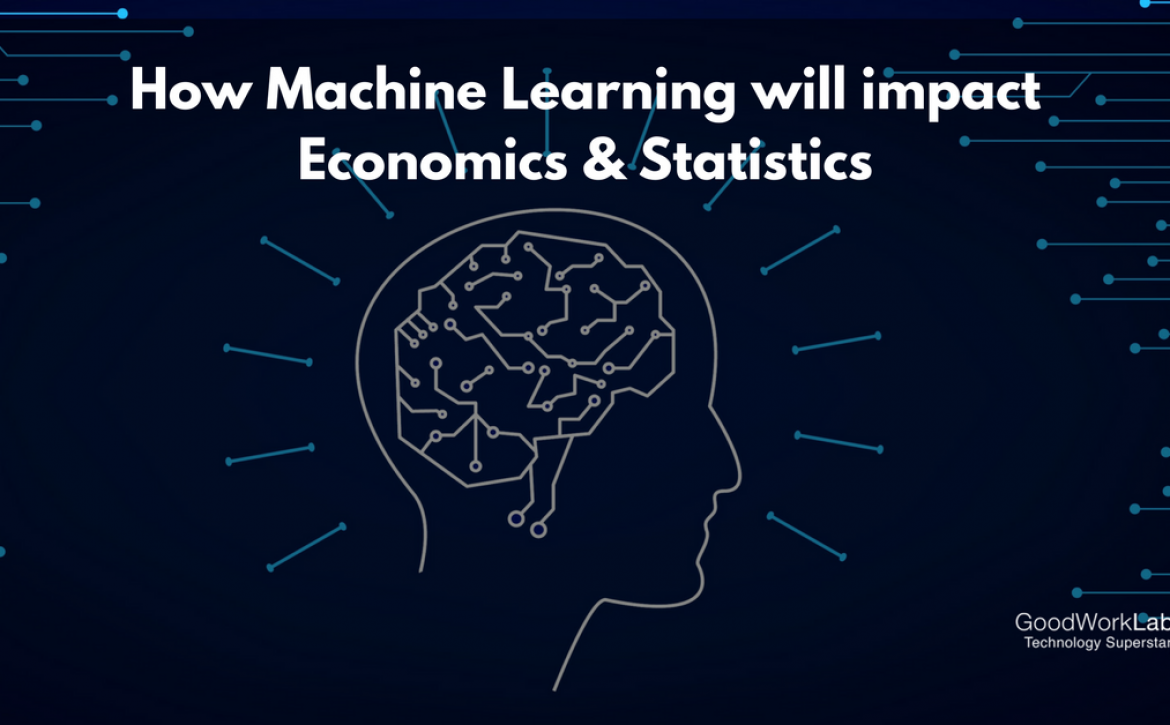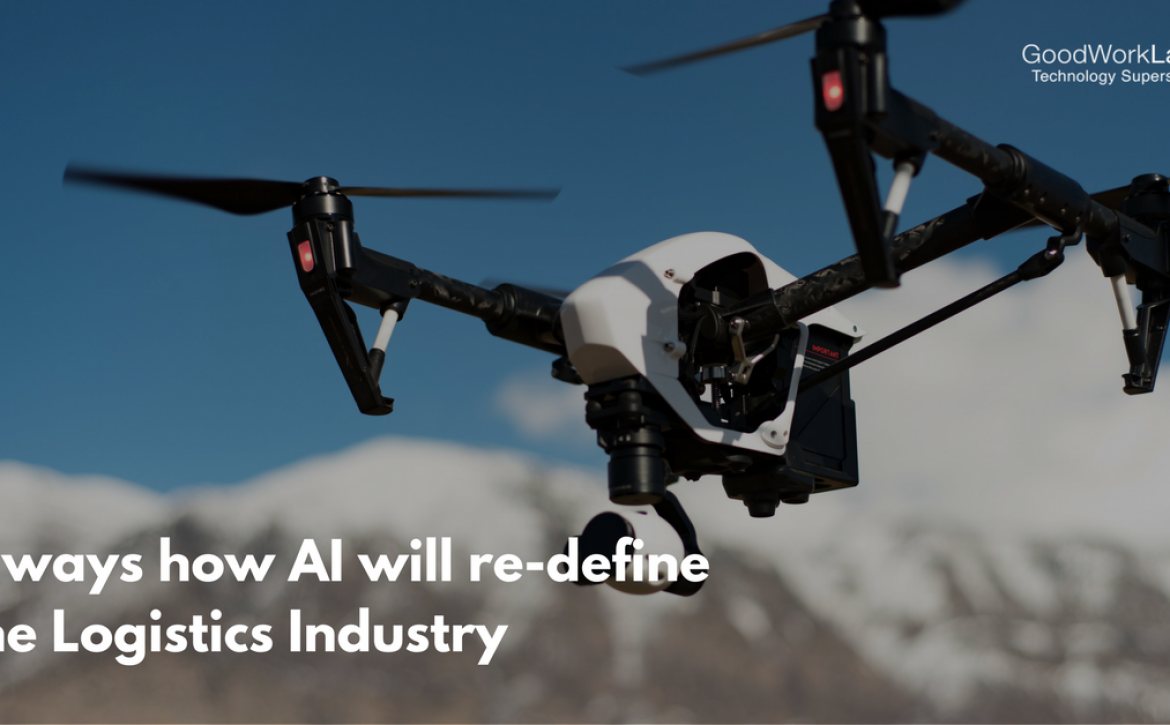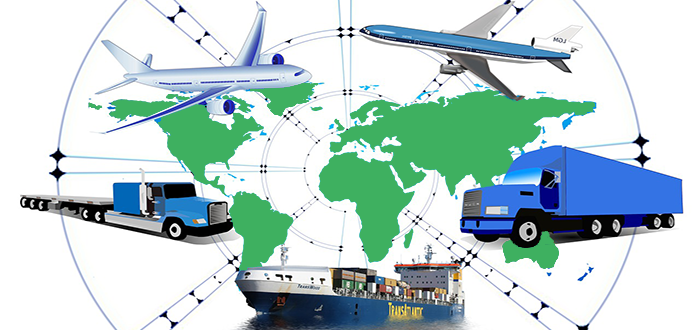AI in Business Development and Sales
How AI is Used in Business Development and Sales
We’ve been hearing the words artificial intelligence for a long time. For millennials the earliest memory of AI would be an Austrian accent uttering the words ‘Come with me if you want to live,’ and ‘I’ll be back’. Over the past decade, AI has been around everywhere and has contributed to a great number of advancements in many verticals. Through that period one vertical remained virtually unaffected by the AI scourge – Business Development and Sales. All that however changed in early 2016 when the industry adopted AI as a mainstream disruptor. In business and sales, AI serves a singular purpose, sorting, analyzing and processing data. Automation of data related processes in various aspects of sales has been enabled a huge increase in productivity as well as the introduction of several sub-verticals to effectively conduct business.

Virtual Sales Assistants
One of the advantages of using AI in sales is the prospect of increasing productivity without increasing or investing in additional workforce. One of the ways this is achieved is through the use of virtual sales assistants. These programs can make use of sales data to generate leads and then contact the leads through emails. Technologies such as natural language processing and natural language generation have played a huge role in defining virtual sales assistants.
Furthermore, predictive analytics have enabled businesses to effectively automate processes such as lead generation. Efforts by some of the leading sales data companies have yielded great results which have fetched data to such comprehensive depths that was never previously achievable even with traditional methods of automation. The amount of accuracy, as well as the details offered by the use of AI, have enabled sales representatives to improve their efficiency by large margins and also make the most of the data provided to them. It is as though every single lead given to them is a Glengarry lead.
AI in Customer Relationship Management
CRM is an intricate part of sales that uses a great deal of information on customers. This process governs both the possibility of new customers as well the prospect of retaining current ones. Which of course means a thorough understanding of individuals in either demographic. While in the past a lot of effort has been put into gathering information on clients, it has not been quite enough and relied purely upon the wits and talent of the sales representative. So, for quite a long time it has been a touch and go process. Today however with AI in the picture, CRM has been kicked into overdrive. With each interaction, AI systems are able to gather vital data that can be used to enhance the entire process and so far it has been working out quite well.
Enhanced Customer Service
Customer Service is a territory where AI has been almost creating miracles for companies large and small alike. There is a lot that artificial intelligence has to offer to various customer service processes. Both on the business-to-customer as well as the business-to-business fronts AI has been able to engage with the customer on a much deeper level than ever before. Using the cognitive technologies available today, devices such as Amazon’s Echo and Google Home have been able to reach out to customers on a personal level, understanding their preferences and programming themselves to them. Through machine learning, these devices are capable of answer more complex queries as well as predict other contingencies. The use of chatbots is also something that has enhanced the customer service experience. The speed at which customers’ queries and needs are solved have made it quite desirable for companies to rely upon AI. A good customer service experience also reflects on the other parts of the sales funnel including the ones implied above.
The Downside?
As with every AI discussion we have to always address the potential of complete automation and the resulting loss of jobs that would bring about. So will AI based automation in sales cause sales representatives to lose their jobs? At this point, the answer is ‘no’. The use of automation in sales could actually decrease the workload for sales reps. The many hours they spend on market research and data collection once automated could allow them to focus more on lead conversion. Even with automation of leads conversion processes, the salesperson will have fill in managerial and supervisory roles. While minor layoffs owing to the redundancy of certain human roles are inevitable, there is no end in sight as of now for sales reps. Besides most customers still, prefer the human touch with such processes and may continue to do as we have experienced after dealing numerous times with automated query systems.




















